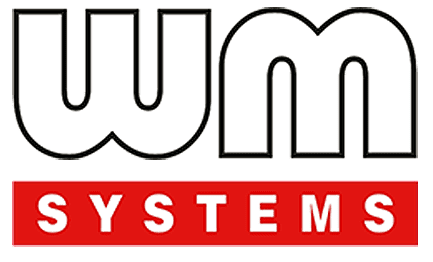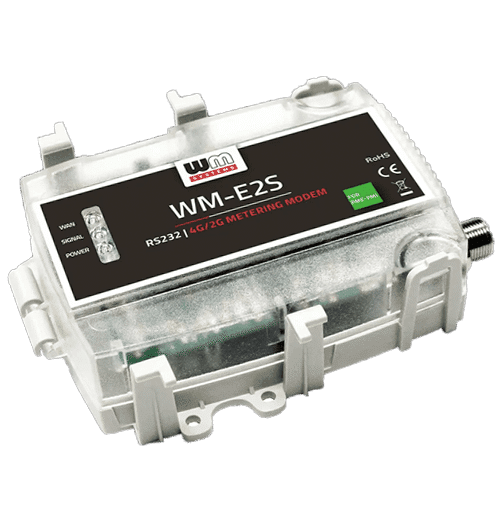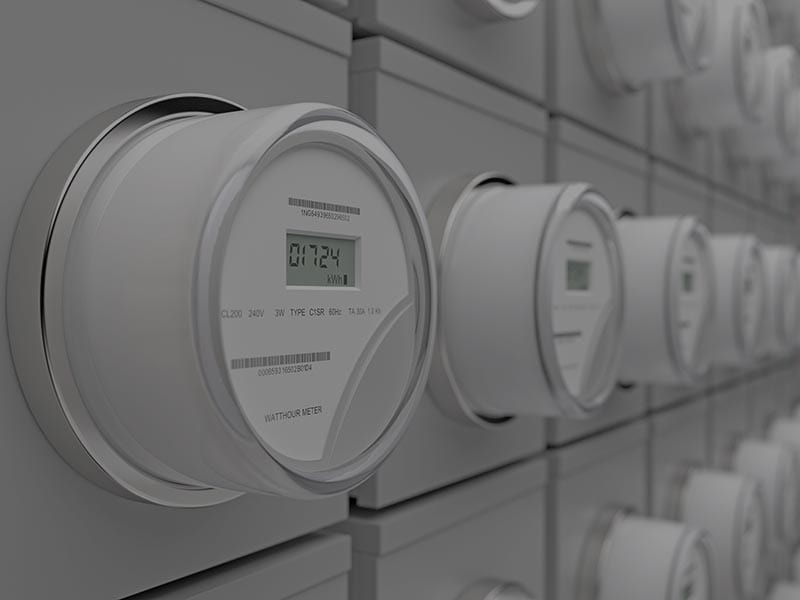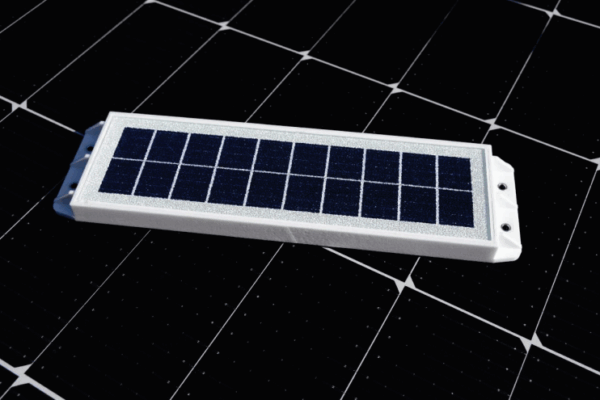
Typically, utilities spend up to 4% of their distribution operations and maintenance (O&M) budget to manually read customer meters. The Internet of Things (IoT) enables them to automate that process, slashing their meter O&M overhead costs by 13% to 77%.
Automated meter reading (AMR) provides a host of additional benefits and savings. For example, it eliminates the errors that sometimes occur when humans manually read meters. Accurate bills mean employees spend less time fielding complaints and researching disputes. Even with the cost of upgrading meters to add IoT modules, some utilities have a net savings of $406 million over 20 years.
The 20-year timeline is noteworthy for another reason: Technology changes rapidly every few years, let alone over the course of two decades. That creates challenges for utilities and the vendors that provide their smart meters.
For example, many AMR systems use cellular technology. If a utility had to periodically replace its smart meter modems because mobile operators were phasing out their legacy networks, the upgrade costs would consume a big chunk of their operational savings.
Finding a Future-Proof Solution: The Challenge of Keeping Pace with Cellular Technology
To help their utility customers avoid those surprise costs, savvy smart meter vendors partner with a cellular IoT expert to understand how mobile technology is evolving and then build long-term flexibility into their AMR solutions. A prime example is WM Systems, which provides modems, routers and other IoT devices for customers, including utilities, municipalities and factories.
“WM Systems offered us a customized universal smart metering modem compatible with all our electricity meters, using the latest communications technology and state-of-the-art security,” said Bertrand HUG, Professional and Industrial Metering Interventions Group Manager of Électricité de Strasbourg Réseaux of France. “This allowed us to upgrade our smart metering infrastructure without the need to purchase expensive new smart meters.”

WM Systems is a longtime partner of Telit and currently uses several modules from the xE910 family for smart meters, industrial routers and factory automation devices. The xE910 family gives WM Systems and its customers the flexibility to choose the right cellular technology to meet each application’s unique business, marketplace and technological requirements.
For example, CDMA is an ideal choice for some European IoT applications because of the low cost and extensive coverage of mature, 2G technology. ABI Research estimates in the “ABI IoT Market Tracker – Worldwide – October 2018” that 2G IoT connections in Europe will keep growing from 100 million in 2018, reaching a peak of 148 million devices in 2022 before slowly dropping to about 89 million in 2026.
WM Systems offered us a customized universal smart metering modem compatible with all our electricity meters, using the latest communications technology and state-of-the-art security. This allowed us to upgrade our smart metering infrastructure without the need to purchase expensive new smart meters.
Bertrand Hug, Professional and Industrial Metering Interventions Group Manager of Électricité de Strasbourg Réseaux of France
To support CDMA IoT applications in the 450 MHz band, WM Systems uses the Telit CE910-SL, which is designed to provide a reliable connection even when smart meters are deep inside buildings or in underground vaults. The largest region grid company in the Netherlands worked with WM Systems on an industrial router that allows the company to access and configure electricity meters, switch boxes and other devices installed on their unique and closed CDMA network. Another mature technology is UMTS/HSPA, which WM Systems leverages with the Telit UE910-GL.
The CE910-SL and UE910-GL also are pin-to-pin compatible with the rest of the xE910 family. This architecture enables WM Systems to leverage its designs across a wide variety of cellular technologies.
For example, some customers want to take advantage of LTE. WM Systems can port its existing products from the CE910-SL or UE910-GL to the ME910C1-E1, which supports LTE Cat M1/NB1, or to the LE910-EU V2, which supports LTE Cat 4. The ability to reuse proven designs enables vendors to accommodate changes quickly and affordably in customer requirements and network technologies. For instance, one WM Systems customer recently upgraded 30,000 smart meters to LTE Cat 1.

“As GSM networks are shut down, electric distribution system operators (DSOs) to have to switch to IP-compatible telecom networks. DSOs have two choices: acquire new smart meters or upgrade the modems in the existing meters, which is significantly cheaper.”
Bela Kormos, CEO at WM Systems
Security was also an important aspect. The client requested TLS encryption. The challenge was to develop a modem compatible with many different electricity meters that uses the latest communications technology. We have developed a universal modem that fits under the terminal cover of the meters and uses the latest LTE Cat 1 communications technology.
Bela Kormos, CEO at WM Systems


